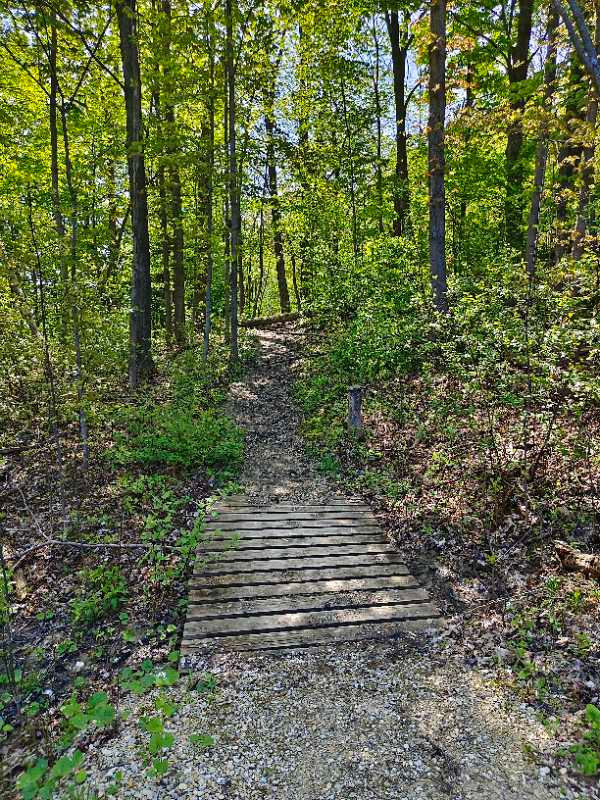Developing an IBDP programme for well-being of all learners (Part 2)
- EdTinker
- Apr 20, 2022
- 4 min read

Photo taken in Anting New Town in April 2022
Holistic education and student wellbeing
We understand that a holistic education is an education for student well-being. Miller (1991) describes characteristics of a holistic education. It should be broad and focus on intellectual, emotional, social, physical, creative, aesthetic and spiritual potentials of learners, promotes open and collaborative relationships at all levels within a learning community, emphasize on learning and life experiences beyond the classroom and the formal educational environment, empower learners to examine critically the cultural, moral and political contexts of their lives.
The ECNUAS high school endeavors to build and offer an education that is holistic. Although Miller’s (1991) criteria of holistic education reminds us that we still have a lot of work to do and our journey towards a refined holistic education will continue, we believe we are on the right track.
Obviously, a holistic education does not just focus on one aspect of a learner’s development, such as intellectual. It emphasizes on all aspects including social, emotional, and physical, as the new PSP highlights. The IB education is a well-recognized, exemplary holistic education. Although there are many different understandings and definitions of holistic education, all of them seem to emphasize that holistic education should include every aspect of development of a child. In other words, it is an education that support “fullest possible development” of a person (Hare, 2010). This statement sounds somewhat elusive because the school education cannot cover everything as the child lives and grows in an environment much larger than the school. Therefore, holistic education should be regarded as an aspiration. That is to say, a school should relentlessly work towards a more holistic education, the education could always be more holistic.
Speaking about the results of an holistic education, Hare (2010) argues that a good holistic education can be guided by a list of anticipated education outcomes and that in the IB education the list is the ten learner attributes promoted as the Learner Profile. “IB programmes promote the education of the whole person, by emphasizing intellectual, personal, emotional and social growth through all domains of knowledge…The learner profile is a profile of the whole person as a lifelong learner…It is not intended to be a profile of the perfect student; rather, it can be considered as a map of a lifelong journey in pursuit of international-mindedness.” (IB, 2008) In particular, one of the ten attributes, Balanced articulates the IB’s pursuit of holistic education and student wellbeing, “We understand the importance of balancing different aspects of our lives—intellectual, physical, and emotional—to achieve well-being for ourselves and others. We recognize our interdependence with other people and with the world in which we live. ” (IB, 2019)
Actually, aspects of a learner’s growth cannot and should not be separated. For instance, recent research suggests that personality traits and socio-emotional skills development in educational settings have positive effect on overall well-being of students (Durlak et al. 2011). The most recent OECD study on social and emotional skills also reveals that social and emotional skills are significantly related to learners’ academic performance as well as educational and occupational expectations. Not surprisingly, better social and emotional skills imply better psychological wellbeing of learners. Better social interactions in school also indicate stronger motivation for learning. (OECD, 2021) In fact, a range of individual characteristics all impact the state of well-being of learners, including social and demographic characteristics, personality traits, social and emotional skills, academic abilities, as well as health (IB, 2021).
A whole school approach to student wellbeing
A whole school approach or an integrated approach to student well-being is recommended by the research and the IB (IB, 2021). An effective education for wellbeing develops learners holistically, influencing their attitudes, values, and feelings, which underpin behaviors on the surface. Research shows that students’ wellbeing and well-rounded development are better supported by whole school approaches (Weare & Nind, 2013). A whole school approach means that the total learning environment of the school is seen as the arena for change instead of narrow focuses on behavioural or attitudinal issues of individual learners. Concepts including school ecology, school culture, student participation, boundaries of behaviours, sense of belonging, a promotion of respect, encouragement of student autonomy, the building of resilience should be all taken into consideration when a whole school approach to wellbeing education is designed. Weare and Nind (2013) find that a holistic approach supported by empowering and interactive pedagogical methods are more effective than mere behavioral based, information based, or didactive methods. In terms of learners’ skills development, it is most effective when the teaching is integrated into the curriculum teaching coupled with an interactive pedagogy.
Under the COVID pandemic, student wellbeing becomes even more imperative in school education. As a champion of holistic education, the IB requires schools to “prioritize wellbeing in the time of crisis” and promotes an integrated approach to student wellbeing. It asks schools to learn from the crisis, get used to uncertainties, invest time in well-being routines, redesign a wellbeing pedagogy, and experiment, innovate and share practices with the larger IB community. (IB, 2020) The IB recommends practices that will maintain and improve student wellbeing under difficult circumstances, including celebrating resilience, engaging all stakeholders in the community, empowering students, involving students in decision making processes, and building shared routines and practices. These suggestions and the integrated approach that the IB advises schools to adopt resonate well with whole school approaches to wellbeing education that Weare and Nind (2013) review and summarize.






コメント